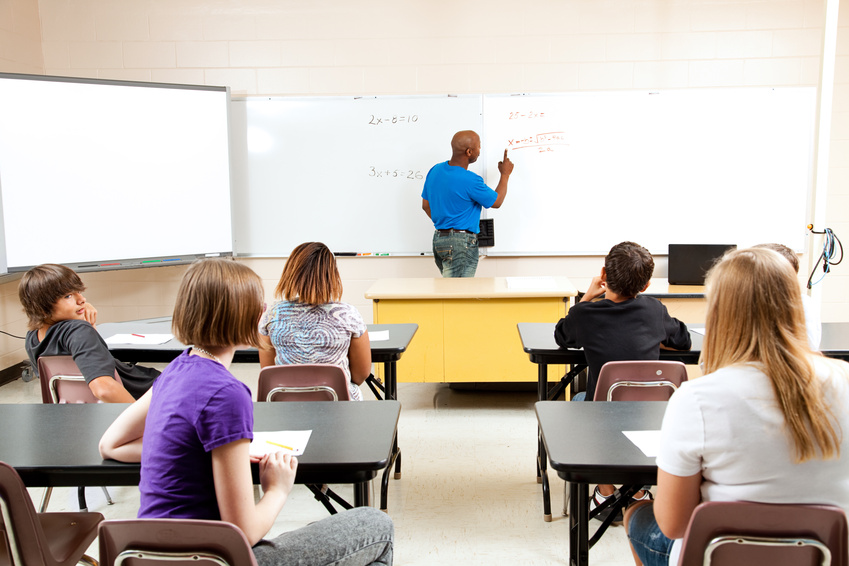How can secondary schools accommodate 20% more students?
The Department for Education has revealed that the number of students attending secondary schools by 2024 will increase by 20%. Due to an upturn in birth rates since 2002, there will an estimated 3.3 million secondary school students within a decade, compared to the current figure of 2.7 million.
This will put additional strain on schools and councils to offer sufficient spaces for all secondary school students without resorting to over-stuffing the classrooms. According to reports by the OECD, the average secondary school size is 21 students, and this would rise to over 25 students with a 20% increase.
Russell Hobby, general secretary of the National Association of Head Teachers (NAHT) believes that action needs to be taken by the Government to help schools and councils effectively offer more secondary school spaces.
Hobby explained: “[Schools are] already stretched to their limits. The number of children in education is still rising, but the government lacks a coherent plan. The current system is fragmented, and free schools are an inefficient and insufficient way of meeting the numbers.
“The NAHT believes that some local agency should have the strategic role in the planning of places, able to commission new schools and places in both the academy and maintained sectors.”

The practical repercussion of this upcoming increase in secondary school students is that larger schools or classrooms need to be built to accommodate to additional bodies. Rather than waiting for the spike in numbers to occur, schools may choose to be proactive and develop classrooms which can accommodate expanding student numbers.
Instead of housing students in temporary classrooms or cramming extra desks into an existing space – it is preferable to develop classrooms which naturally support an increasing capacity. This will give students sufficient space and resources to learn, develop and progress. Short-term solutions could significantly inhibit academic progress.
The Government are investing significant amounts of money into creating extra school places – but it is important that these are implemented effectively in cooperation with relevant experts, designers and education interior specialists.

A spokesperson for the Department of Education explained: “We recognise that as the population grows, the demand for new school places increases. That is why we doubled the funding for school places to £5bn in the last Parliament, which has helped create almost 500,000 new school places.
“A further £7bn has already been committed to create even more places over the next six years.”
The extra funds need to be invested wisely to ensure the classrooms still inspire and remain functional despite the additional student numbers.
At Innova Design, we can offer a furniture only service or a full turnkey solution from design through to manufacture and installation, managing the whole project and leaving you with one single point of contact. With our guidance and expert advice on school furniture, space saving ideas, regulations and budgeting – we can work with you to create an environment that encourages and inspires learning.


